When Corey was young he was an outgoing and carefree dog. He loved new experiences, doggy play dates, runs, walks, his head out of the car window and most of all, the beach. He would spot the sand and ocean way before pulling the car up. So excited I could barely hold him before he would bolt down to the sand to dig deep holes that he could shove his entire face, right up to his huge Papillon ears deep inside the space he created. He would replicate these holes all over the beach, whilst emerging each time with sand in his ears, ears, nostrils and mouth.
He loved people watching, chasing seagulls and falling into pot holes of salty water larger than his entire body. He was however not so enthusiastic on waves. I guess from his point of view they were colossal! It would take a tremendous amount of coaxing and bribes to get him to wade past his little ankles. I often had to resort to bundling him up and wading into the ocean while holding him close for security.
One year on holiday at ‘Inskip’ (Inskip lies opposite the southern tip of Fraser Island, at the entrance to Tin Can Bay, approx 250 km north of Brisbane and arguably one of Australia’s most beautiful beaches). We took Corey and his two mates ‘HG’ the Saint Bernard and ‘Louie’ the Beagle for a walk along the beach. People were just astounded to see the three of them together, running up for pats and yelling out ‘Look at the big dog and her puppy’! Despite the fact that they all only shared similar coat colours, HG was male and Corey was in fact no puppy – he was around 4 years at that time (He was older than HG and Louie!) .
I would often take Corey on holidays or day trips to the Sunshine Coast, Gold Coast or Nudgee (not much of a beach but it would suffice). One year, he just did not seem to enjoy himself quite as much as usual. He was struggling to run around the beach and display his usual ‘face in sand’ technique. However, it was obvious he just did not have the vivacity, he looked tired.
Upon returning to Brisbane I noticed one night he was becoming much more lethargic and had major weakness in his back legs. With the surrounding bush and kangaroos in the area it was not uncommon for pets to be struck down fatally by paralysis tick. Terrified he had a tick, I called the Animal Emergency Centre and announced Corey was coming in. Now in emergency, Corey was rapidly declining. The vet administered an injection to increase his heart rate. Corey’s organs were shutting down. After some blood tests, it was explained to me that he was experiencing an ‘Addisonian Crisis’ and was in shock. Corey had “Addison’s Disease” an Autoimmune Disease. The veterinary and nursing team work on Corey aggressively giving him IV Fluid and all sorts of injections. He was to stay in 24/7 intensive veterinary care.
I went home that first night thinking how could this happen? How could I miss the warning signs? I felt I had let Corey down with my promise. I just did not see that freight train silently heading his way!
Early symptoms of Addison’s in canines can range from occasional vomiting, diarrhoea, lethargy, lack of appetite. Most owners, including me often thought their dog had eaten something that didn’t agree with them. Symptoms then move quickly to tremors or shaking, muscle weakness, low body temperature, collapse, low heart rate, and pain in the hind quarters. (Interestingly enough, a low heart rate was noticed in Corey many years prior. The vet at the time put it down to ‘excellent fitness levels’.)
Addison’s is often misdiagnosed as seizure disorders, insulin-secreting pancreatic tumour, food poisoning, parvovirus or spinal joint problems. Addison’s has earned itself the nicknames “the Great Mimic” and “the Great Imitator”. It is also possible not to see any signs of the disease until 90% of the adrenal cortex are no longer functioning.
Corey was initially treated with the standard daily Florinef ™ (fludrocortisone acetate) and Prednisoline tablets along with monthly blood tests to check his electrolyte levels. It was tedious maintenance and he suffered many ups and downs during the first 6+ months. The monthly injection Percorten-V™ (DOCP) was not available in Australia.
Corey was selected as one of a small group of dogs to trial Percorten-V™ which would finally be granted approval for use in Australia by The Australian Pesticides and Veterinary Medicines Authority (APVMA). To this day I am forever thankful for this as it was a positive life change for Corey and I have no doubt for many other dogs suffering from the disease.
Corey spent a week in 24/7 intensive veterinary care. After his discharge and a number of weeks later, he became healthy and happy again in himself. However, I did have to be much more vigilant in anticipating upcoming stressful situations (travelling, vet appointments, surgery etc). Avoidance of stress is paramount to the good health of an Addisonian dog.
Corey became quite an important patient at the St Lucia University of Small Animals. He helped educate every month over a 9 year period many young veterinary students on the treatment and maintenance of Addison’s disease in dogs. Everyone knew Corey, he was much loved by all of the staff.
He was a ‘Social Butterfly’.
Read More About Addisons Disease
Read More About Autoimmune Diseases
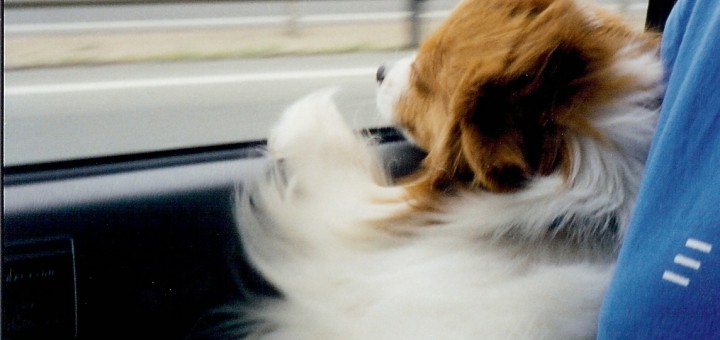
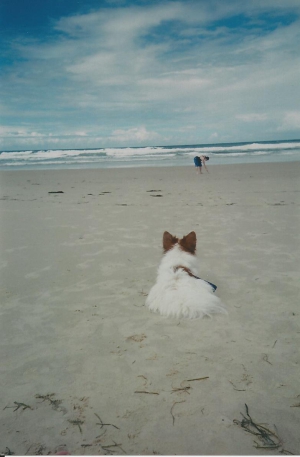
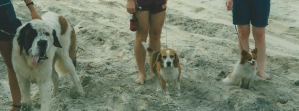
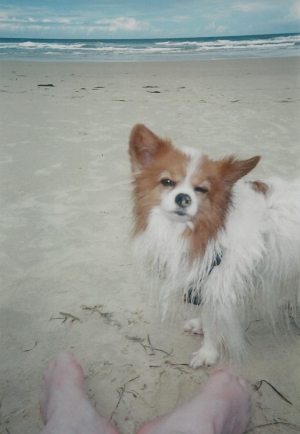
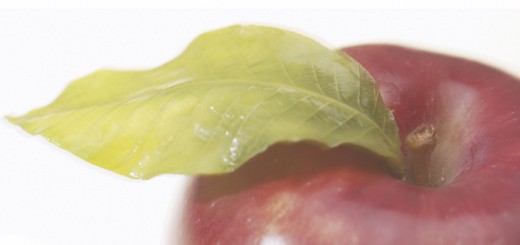



Such a well written post.. Thnkx for sharing this post!
autoimmune disease is a terrible disease. Thank you for sharing your story.